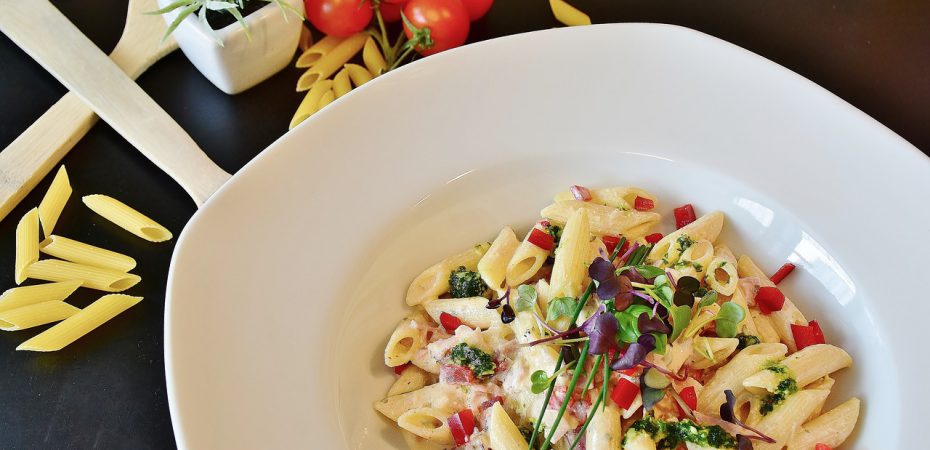Italy is renowned for its cuisine the world over. Italian chefs have an ability to let the simple but high-quality ingredients speak volumes, forming delicious, traditional and timeless dishes that everyone enjoys.
If you are looking at Tuscany property for sale, then you’ll already be aware that dining is viewed as one of the essential and highly enjoyed parts of the day, across the whole country. For traditional Italian evening meals, the experience can last hours, giving diners the opportunity to relax and immerse themselves in their food, accompanied by wine and good company.
If you enjoy dining out, then it is useful to know that in Italy, restaurants do things slightly differently compared to other European countries. However, with our essential guide to a traditional dining experience in Italy, you’ll be dining like one of the locals in no time:
Menu (‘Il menu’)
Appetisers (‘Antipasti’)
These are typically like appetisers in the UK, but offer diners the chance to experience a taste of various regional specialities without needing to pledge themselves to a full dish. When ordering the antipasti, diners can expect to enjoy a range of foods, usually consisting of meats – salami and mortadella, for example – along with local cheeses and cooked vegetables.
First course (‘Primo’)
The first course is a larger dish than the antipasti and is usually a hot dish. When ordering, diners have the chance to choose from an alluring variety, typically consisting of soups, risotto and gnocchi. Pasta dishes can also be found as part of primo courses.
Second course (‘Secondo’)
The secondo is commonly seen as the main course in Italy, usually centred around meat or seafood. Regional variations apply, and depending on where dining takes place, a host of dishes are offered, from chicken to pork, cod or lobster, with several vegetarian dishes featured too. The secondo typically will not be served with any vegetables or other sides, because this is part of the dish that follows.
Side dishes (‘Contorni’)
As we touched on in the previous section, the contorni is served alongside the second course, featuring a variety of vegetables, cooked in different ways. Examples include vegetables being boiled (‘lessate’), grilled (‘grigliate’), and oven roasted (‘al forno’).
Dessert (Dolce)
The final course of a traditional Italian menu is dolce. Translating into sweet in English, the dolce is the dessert course. Much like the secondo, desserts vary from region to region, but mainstays of an Italian dessert menu regularly feature enticing classics such as tiramisu, gelato, panna cotta and zuppa inglese. Cheese and fruit (‘Formaggi e frutta’) often feature, but this can form a standalone sixth section of a menu. Paired with your dessert is typically a cup of hot coffee served strong, with no milk.
If you want to read more about Italy, we suggest these blogs:

I spent a lot of time to locate something like this